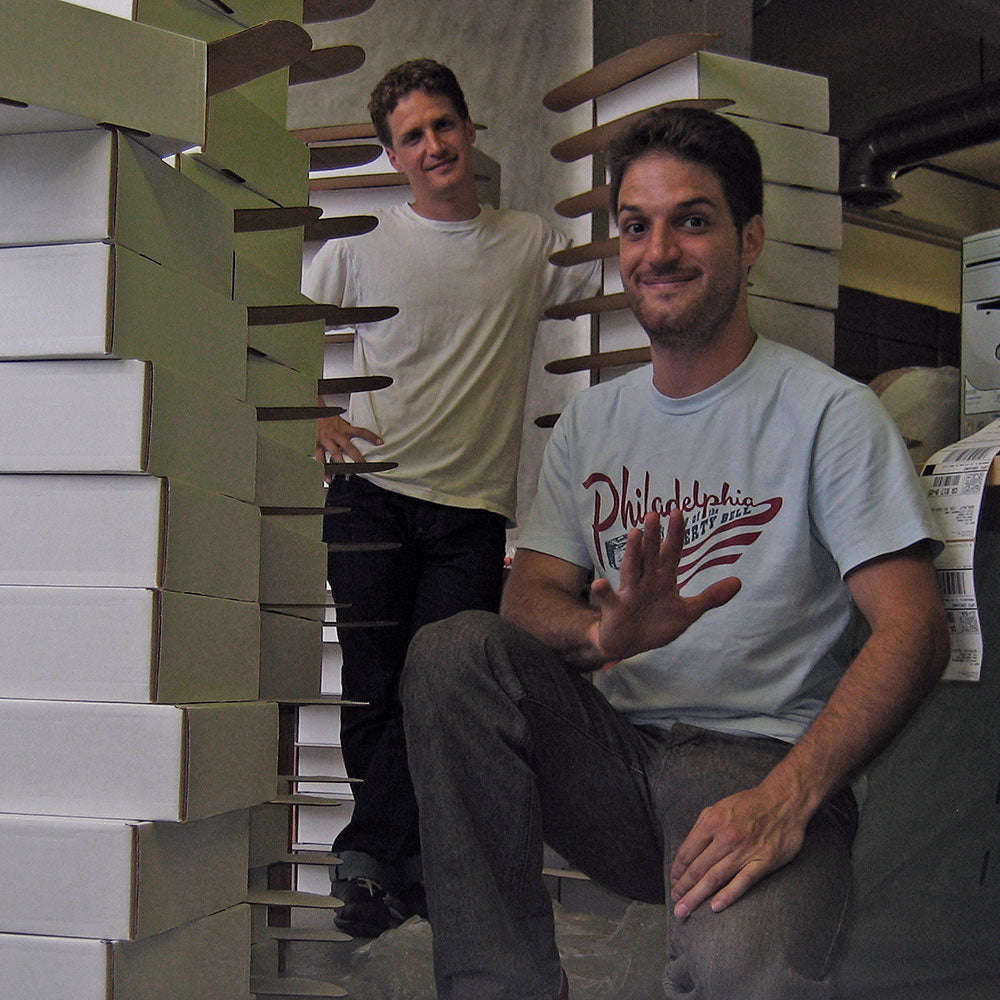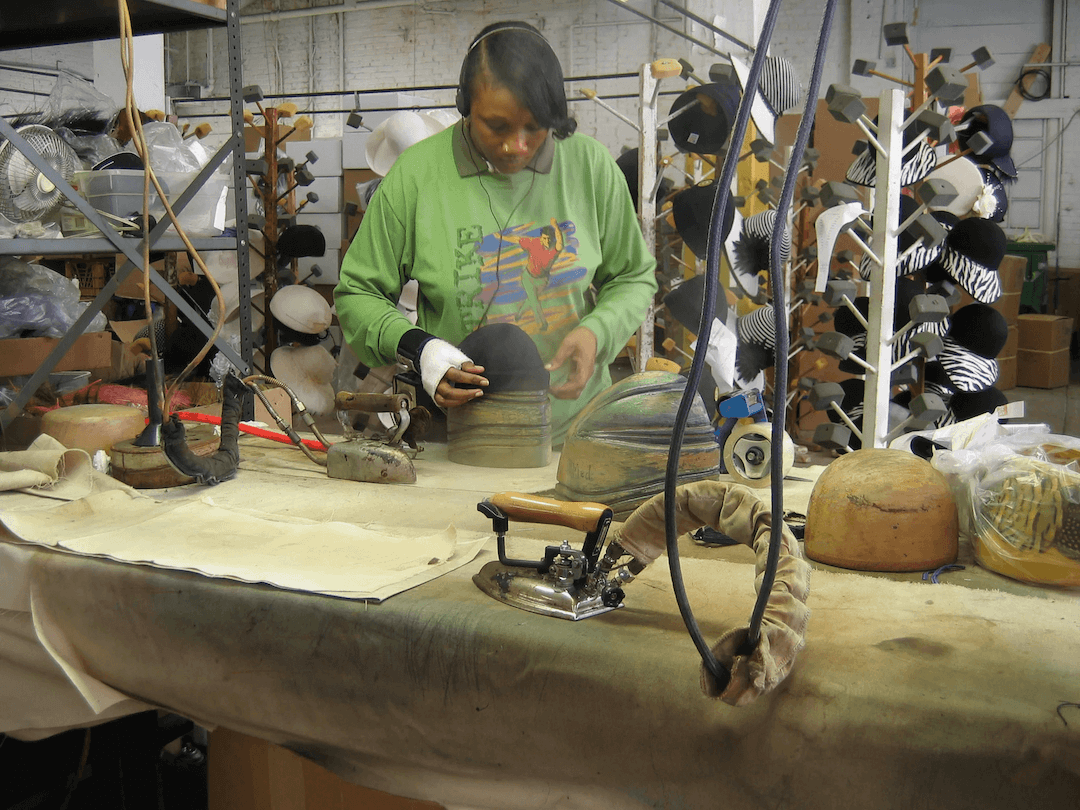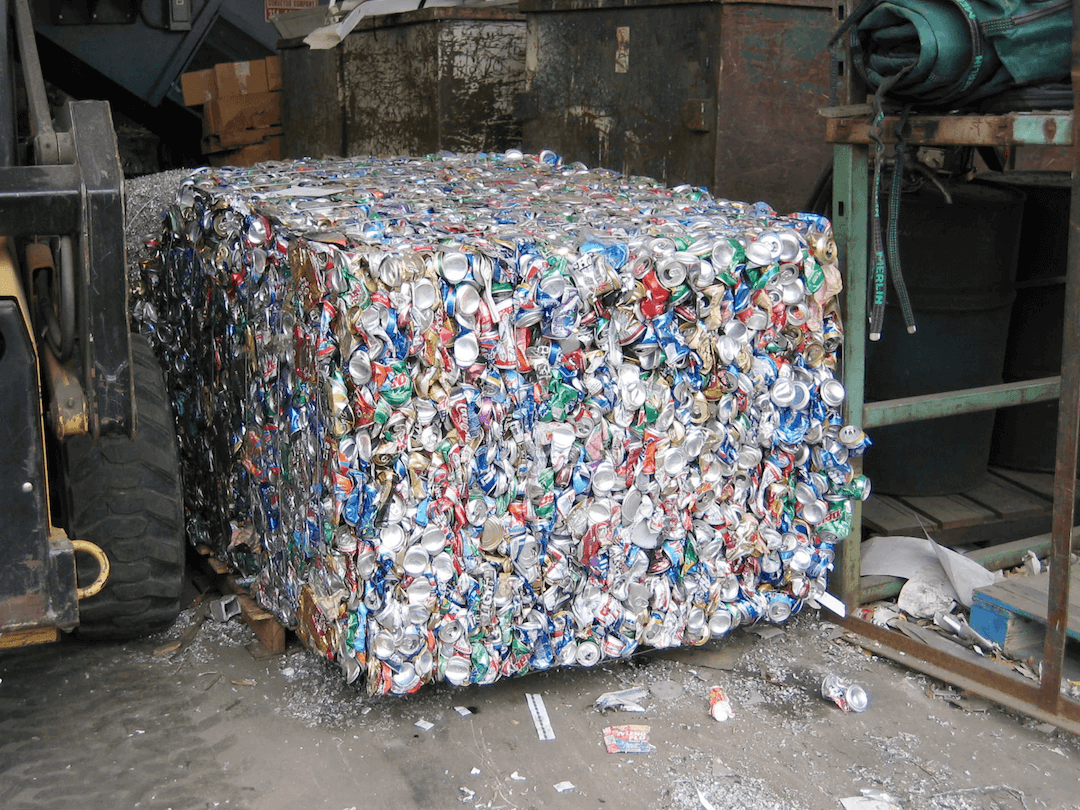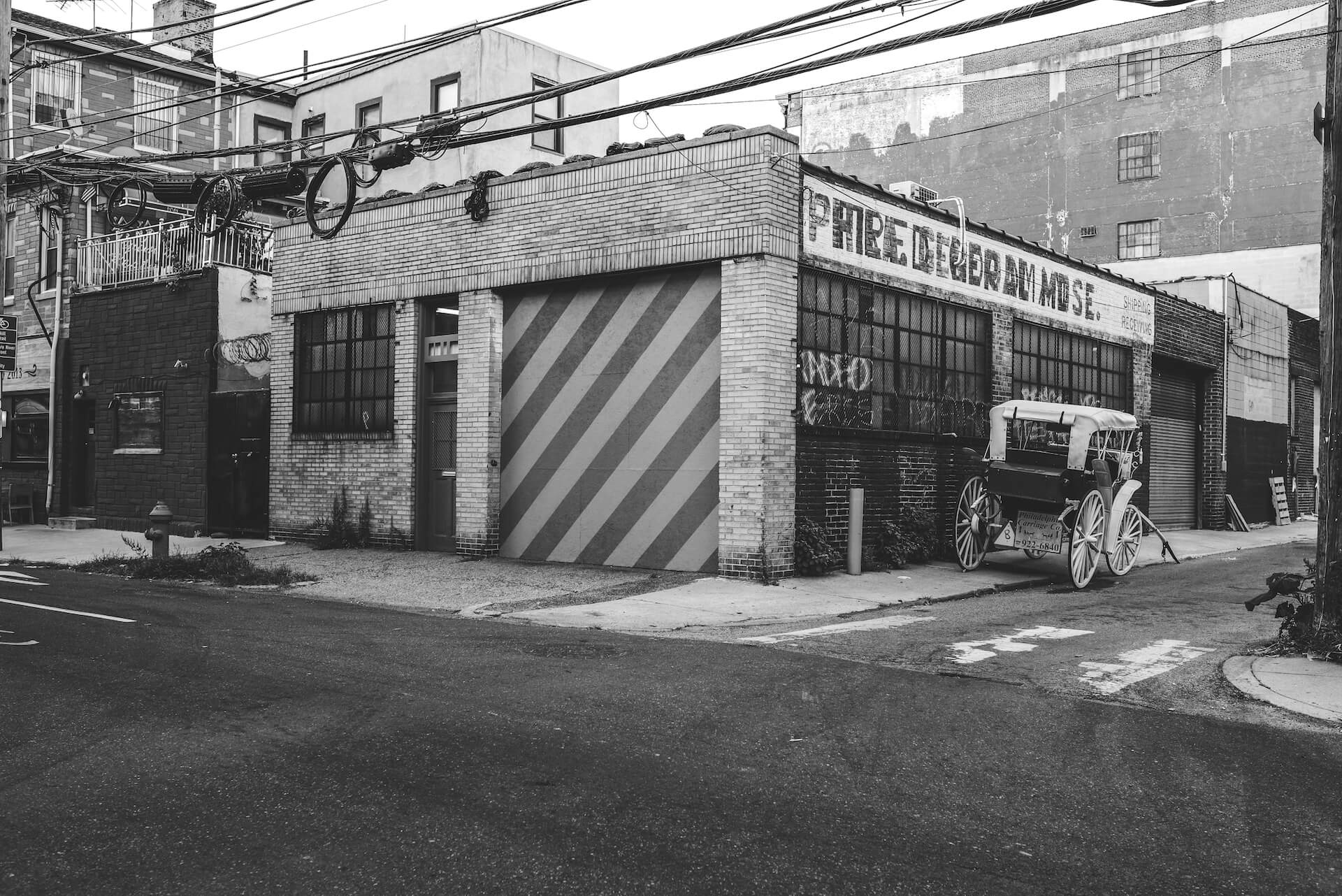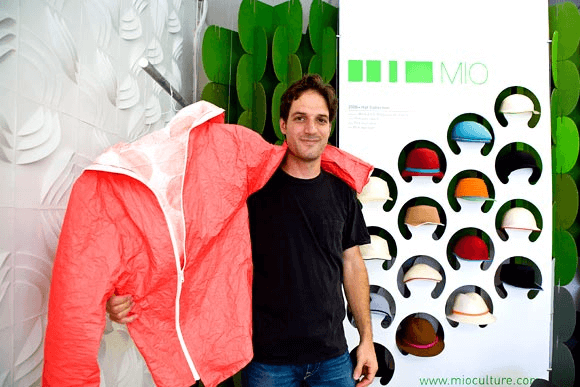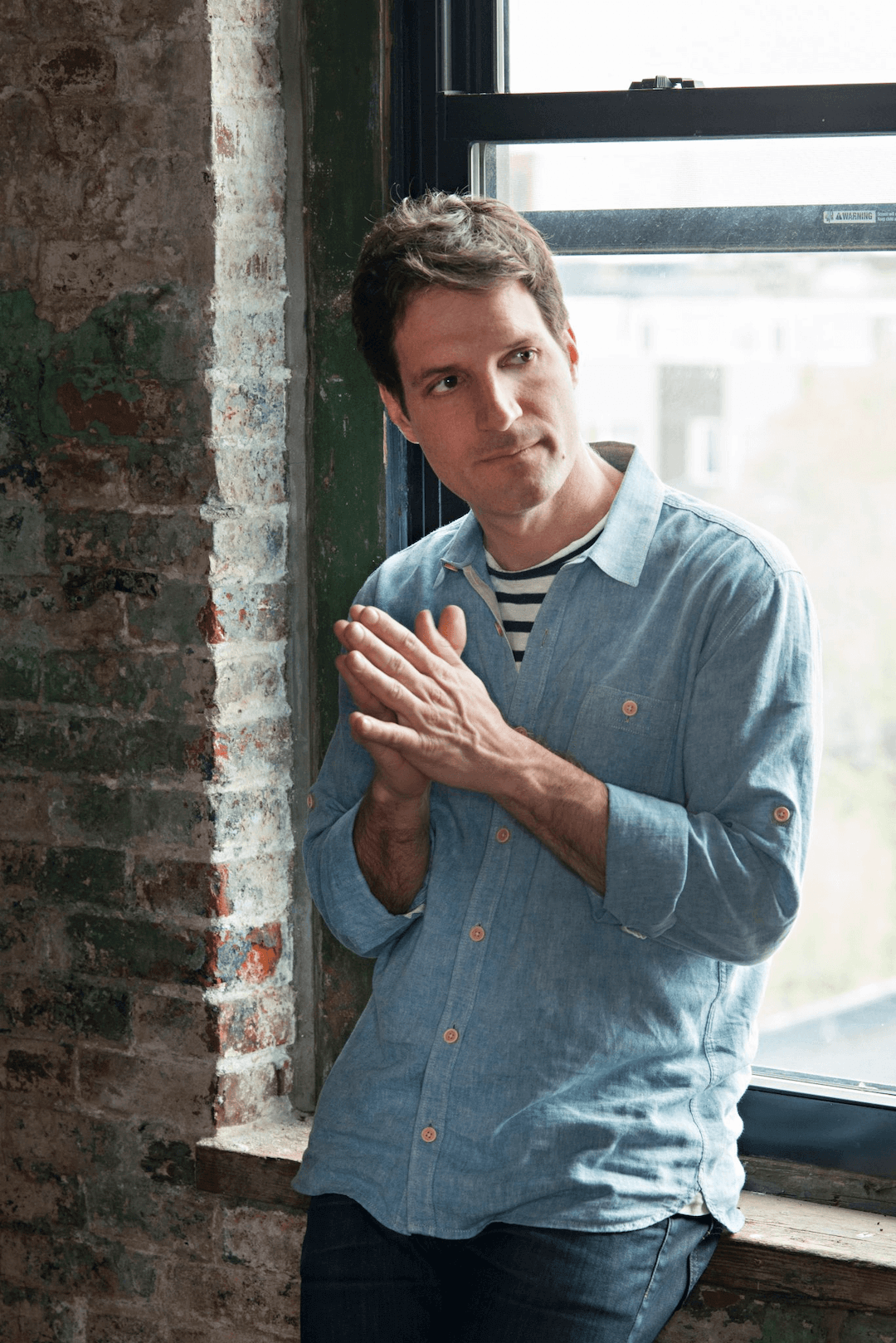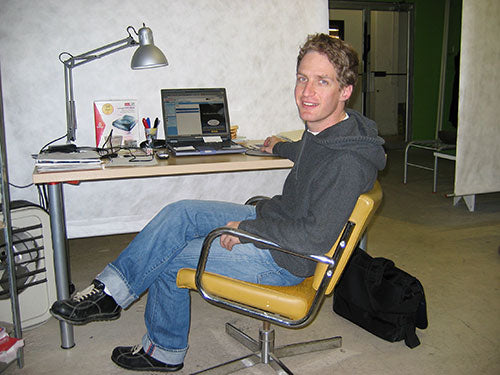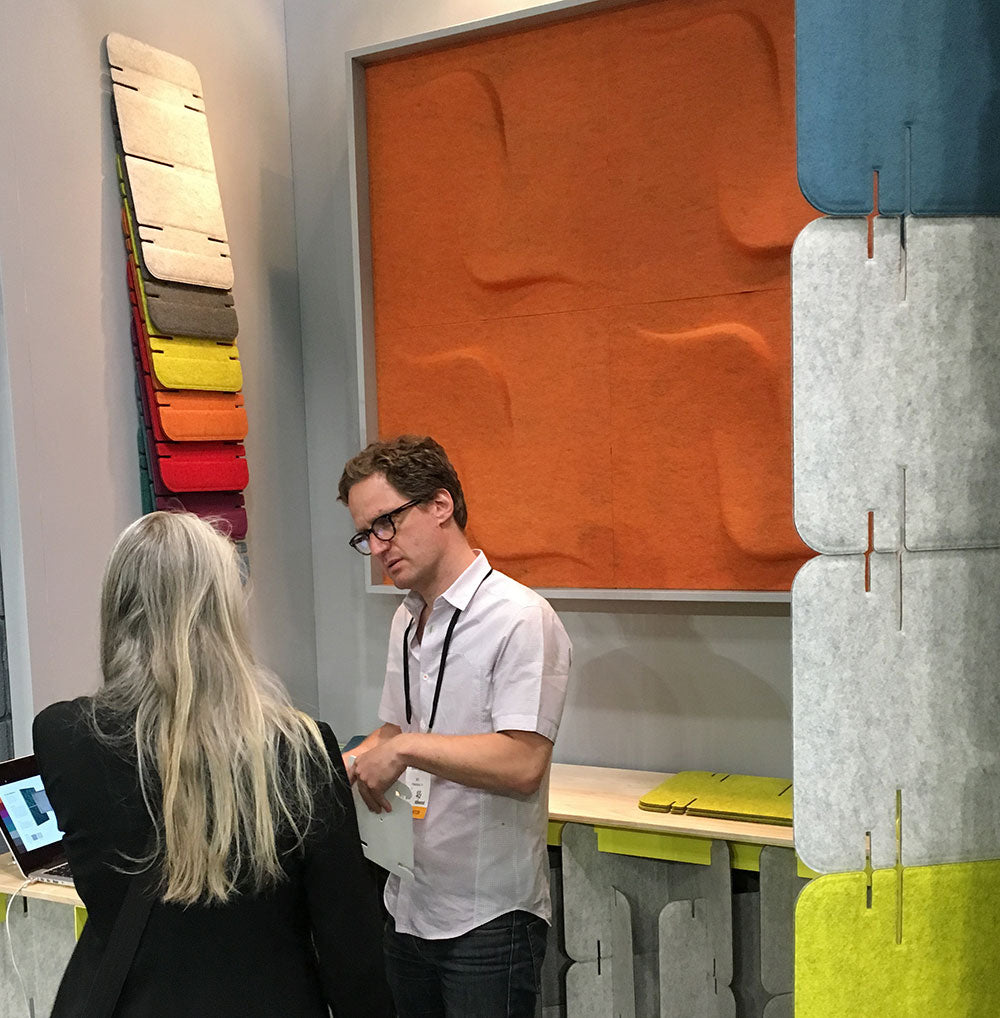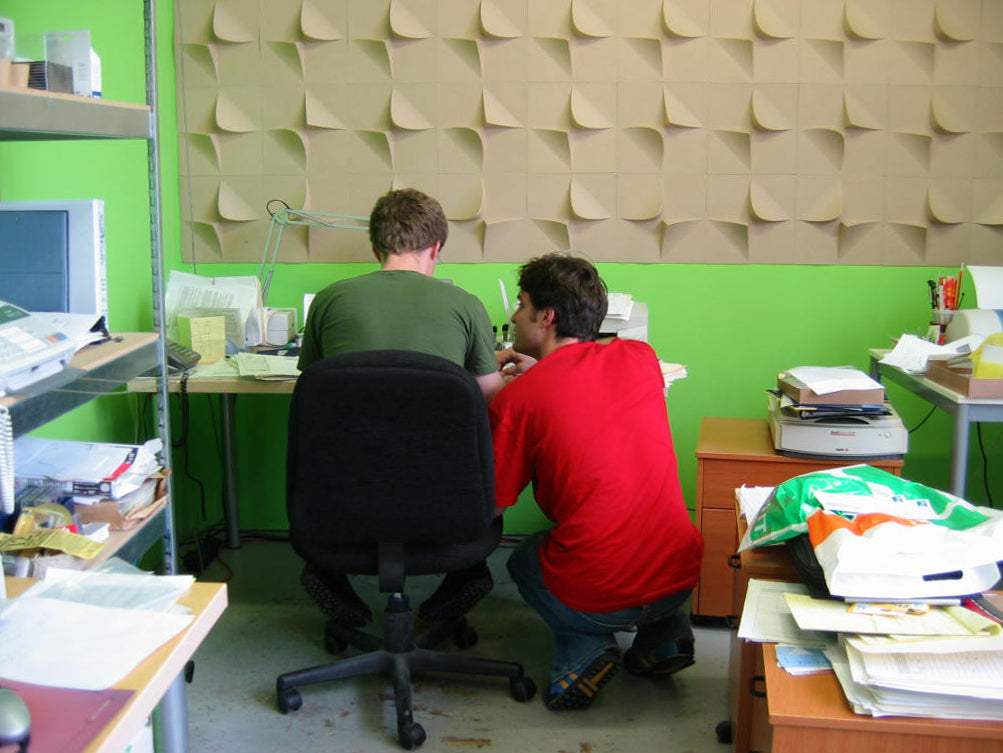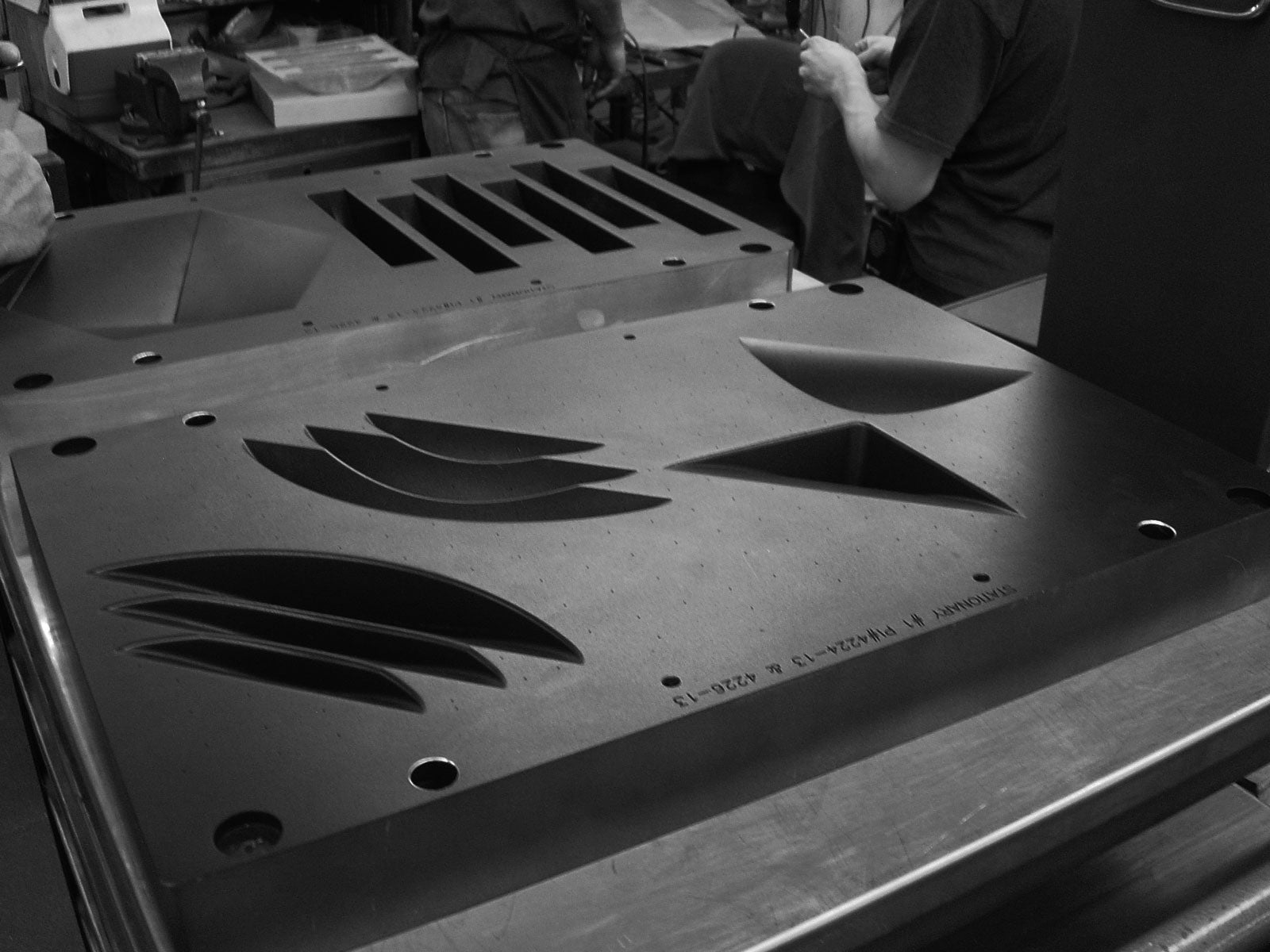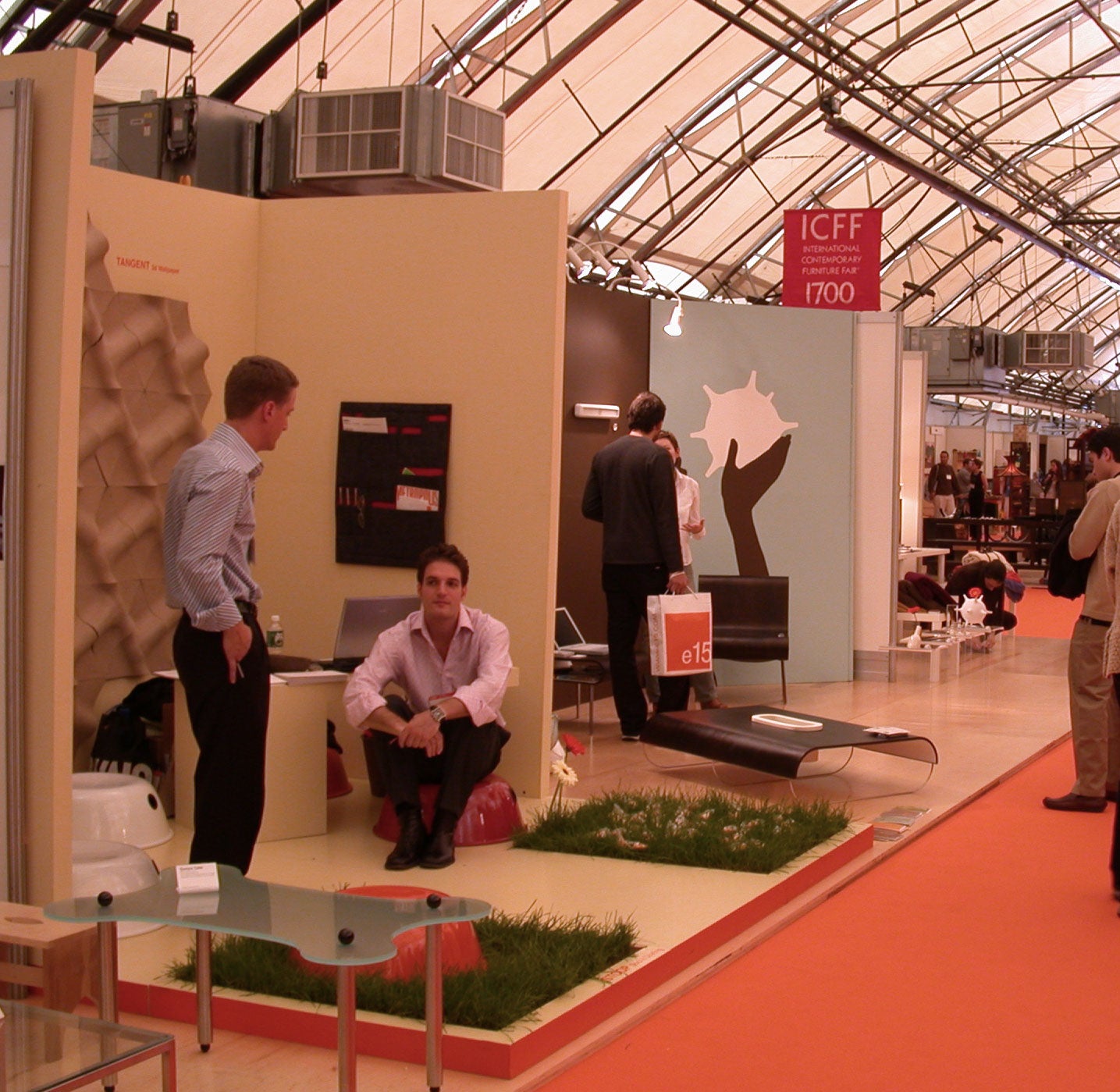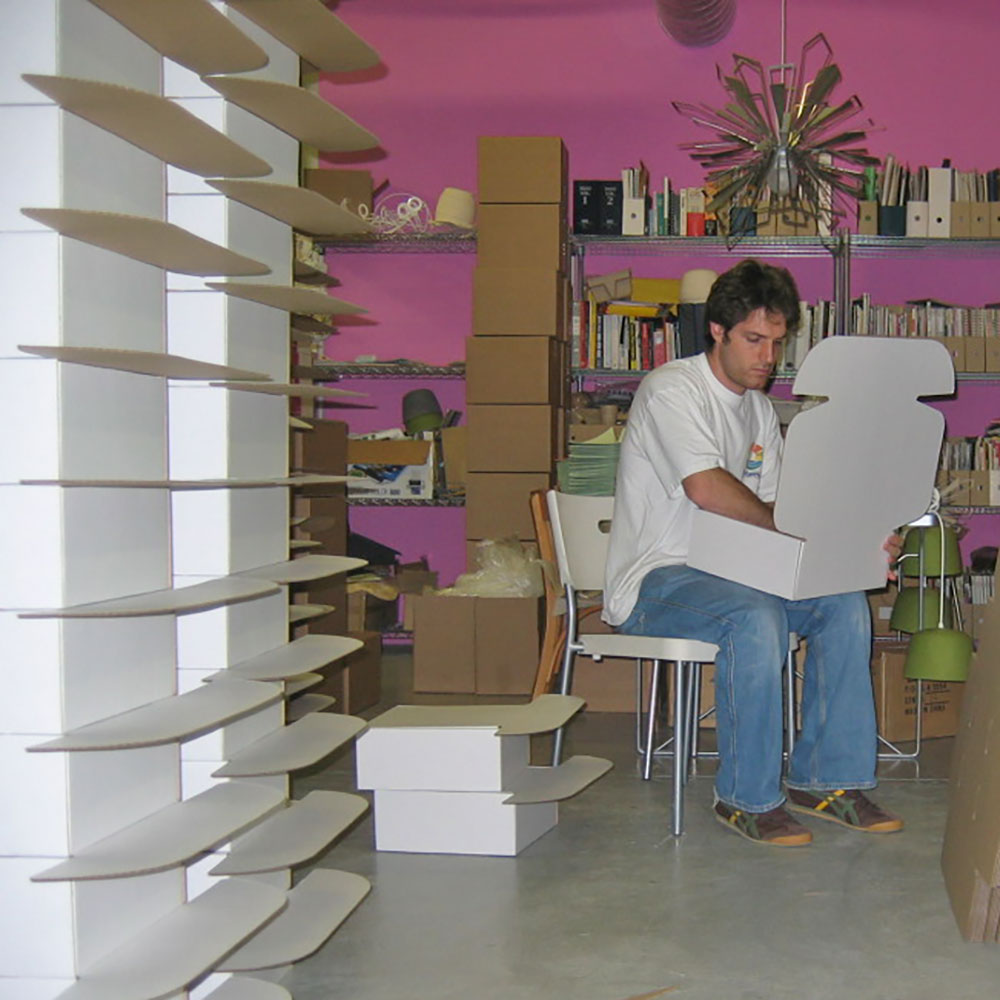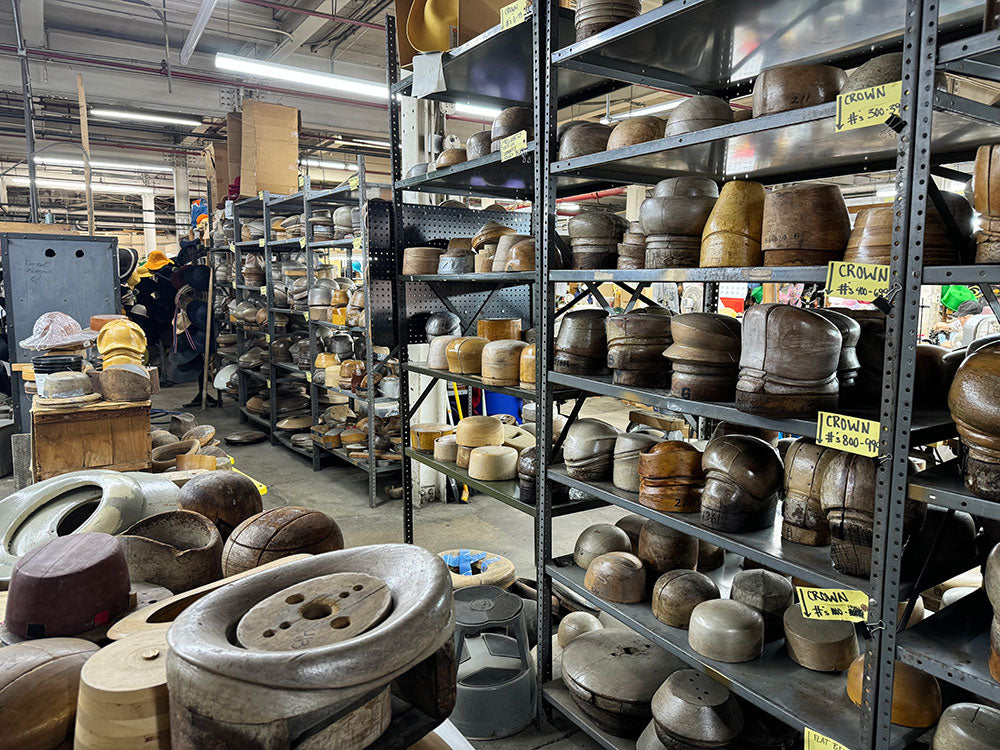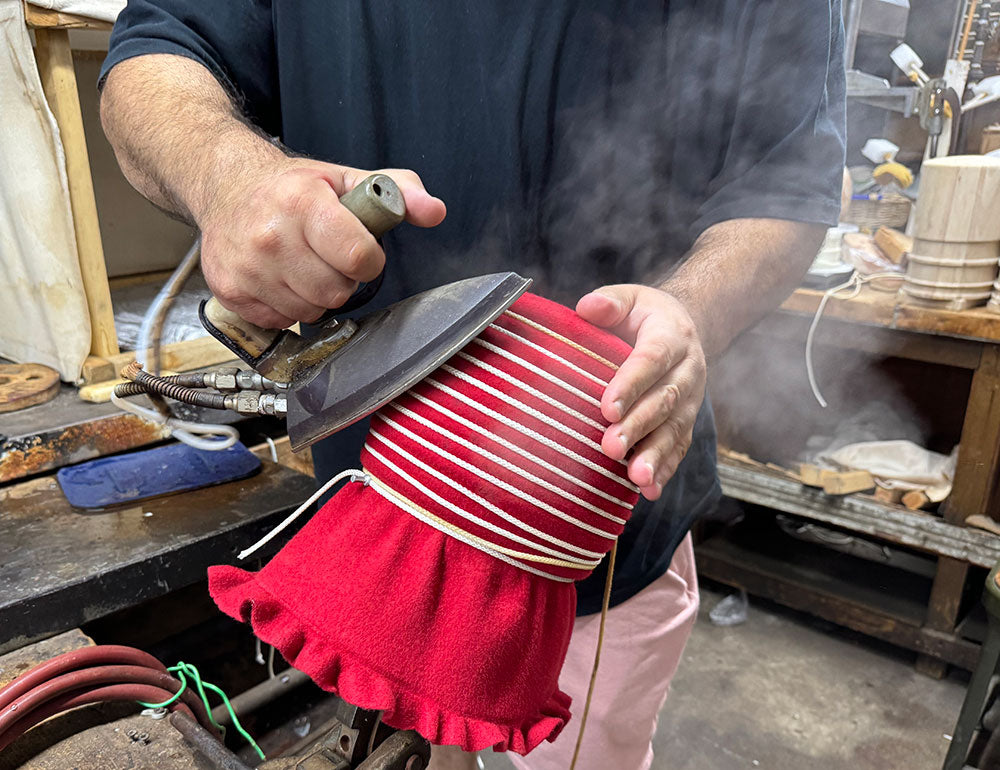Shaping Sustainable Futures Through Design
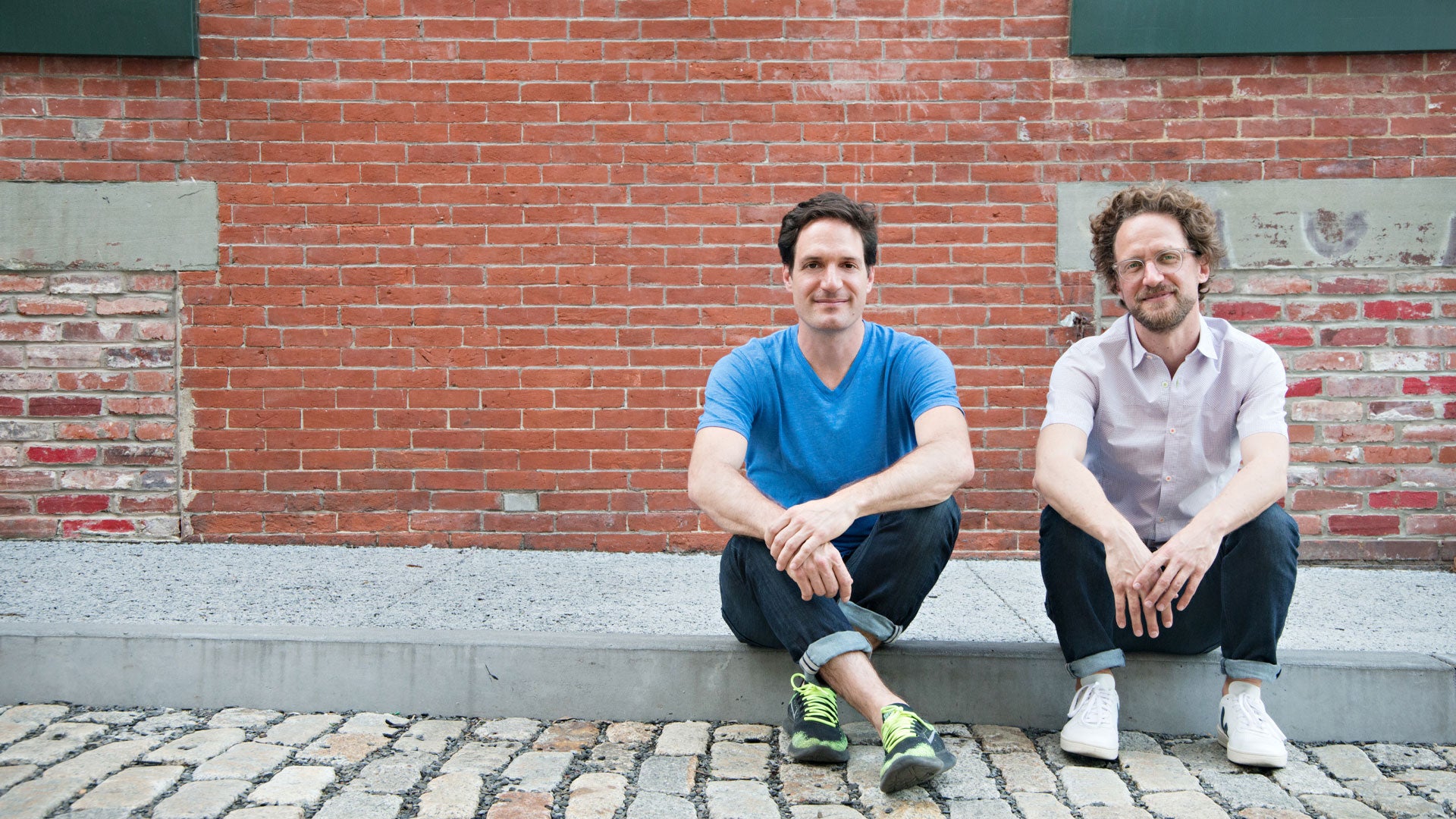
Our Philosophy
At MIO, we see design as a powerful catalyst for change. We’re committed to shifting cultural values towards sustainable and equitable systems, utilizing design, artistry, and science to address complex global challenges and inspire creativity across communities.
Our Journey
From a one-bedroom start-up in 2001 to a trailblazing leader in sustainable design, our journey is a tale of passion, innovation, and resilience.
Discover Our Story
Our Commitments
MIO’s guiding principle, Responsible Desire, makes sustainability something people genuinely want—not out of guilt, but because it enhances their lives. Through good design, eco-efficient manufacturing, and storytelling, we shift perceptions and values, inspiring choices that naturally lead to reduced waste, smarter consumption, and a healthier planet.
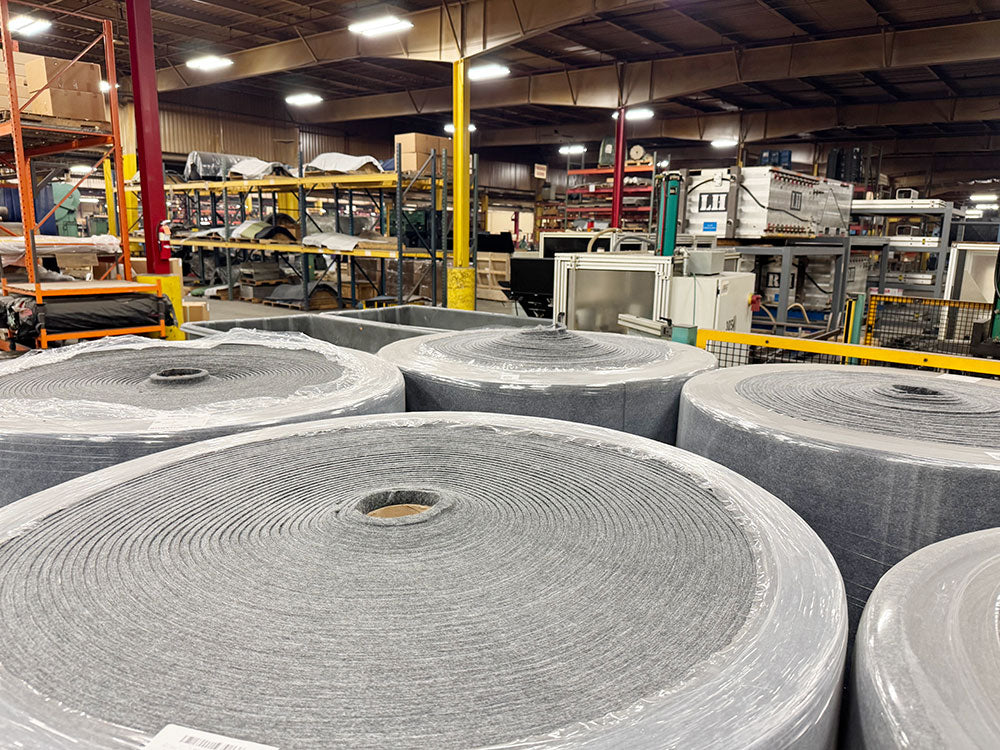
We source with purpose.
Material selection is the foundation of sustainable design. We prioritize mono-materials for easier recyclability and reduced waste contamination while sourcing certified materials like FSC-certified wood products, Red List-free components, and recycled or upcycled resources. Beyond environmental impact, we seek materials with social and ecological benefits, supporting fair labor practices, regenerative production, and waste diversion initiatives. By partnering with manufacturers who share our values, we ensure that every material contributes to a more responsible and sustainable future.
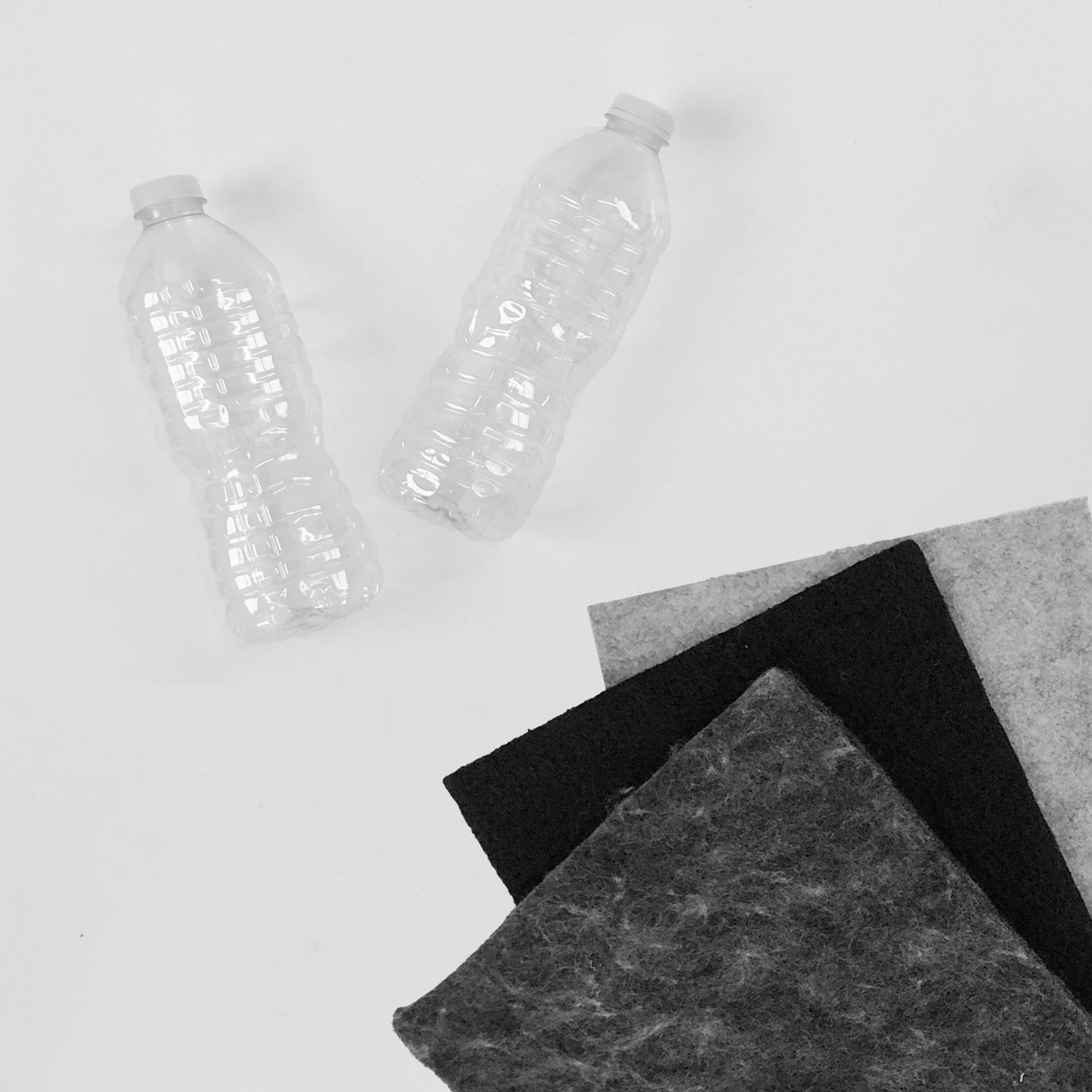
We design for circularity.
Sustainability isn’t just about responsible materials—it’s about designing for longevity, adaptability, and the full product lifecycle. Our products are intentionally crafted to integrate into industrial or natural cycles, ensuring that resources remain in use for as long as possible. We carefully match materials to their use cycles, balancing durability with end-of-life solutions that allow for easy disassembly, reuse, or recycling. By prioritizing modularity and material selection, we create products that not only last but also evolve with changing needs.
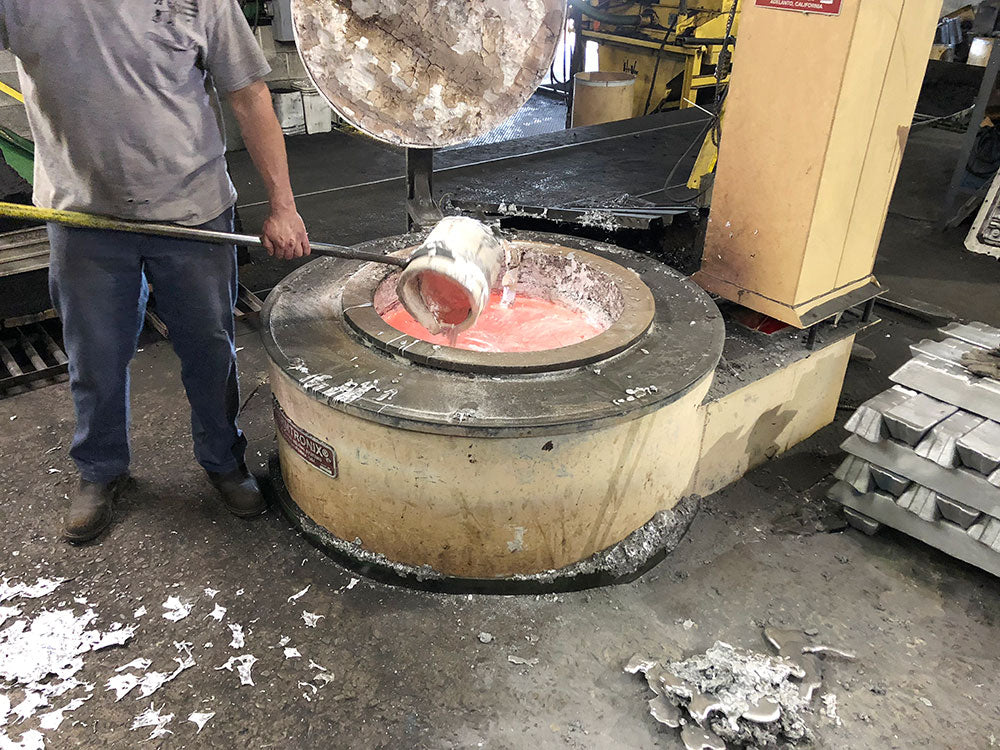
We close the loop.
A circular future is only possible if sustainable choices are accessible and intuitive. That’s why we focus on designing for disassembly, material recovery, and responsible disposal. We make it easier for consumers and businesses to participate in circular systems—whether through recycling, upcycling, or return programs. Sustainability shouldn’t be complicated or costly; it should be a seamless part of everyday life. By designing products with clear, actionable end-of-life solutions, we help bridge the gap between good intentions and real environmental impact.
Our Blog
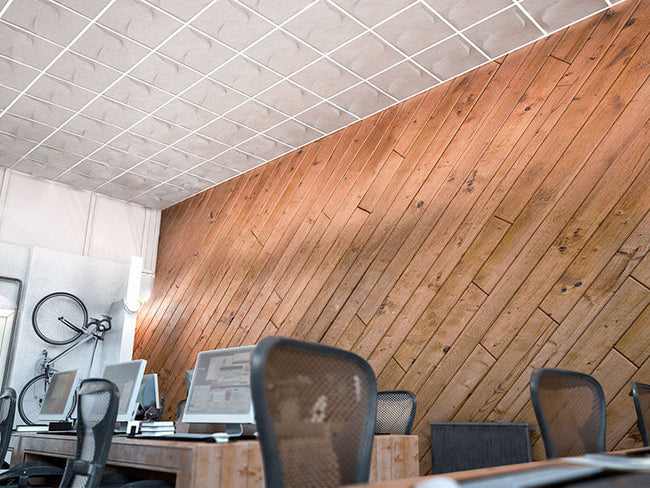
Best Ceiling Tiles for Drop Ceilings – Soundproof & Sustainable Options
Drop Ceilings: More Than Meets the Eye Let’s set the scene: you walk into a garage, basement, or office and glance up. Odds are, you’re met with a drop ceiling. And if you just cringed a little, we get it. But before you write off those familiar 2x2 or 2x4 panels nestled in 15/16" T-bar grids, hear us out—because the drop ceiling is quietly staging a design comeback. Originally devised to hide pipes, ductwork, and wiring while offering easy access to it all, drop ceilings have been the unsung heroes of practicality. But function doesn't have to mean frumpy. With the right designer ceiling tiles, they’re shedding their fluorescent-lit office vibes and stepping into a whole new light. Redemption for the Ceiling Underdog We know the reputation: yellowing tiles, sagging panels, bad basement flashbacks. But drop ceilings have evolved. Now, they’re blank canvases for design-minded renovators and forward-thinking creatives. Done right, they can elevate your space acoustically and aesthetically—especially in those "I-never-know-what-to-do-with-this" rooms like garages and basement media lounges. Acoustics,...
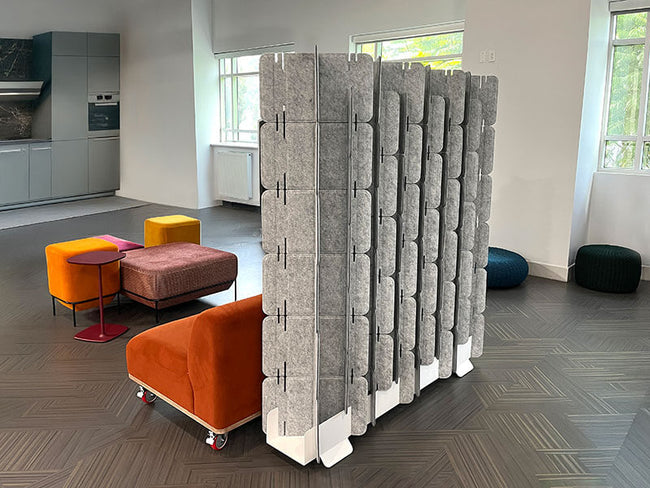
The Best Materials for a Soundproof Room Divider at Home
If you’re working from home, sharing space with family, or carving out a quiet corner to relax, room dividers are one of the easiest and most flexible ways to create separation. But not all dividers are created equal—especially when it comes to sound. A soundproof room divider for home office or shared living space needs to do more than just look good. It should help absorb and reduce sound, not just block sightlines. So, what materials actually work to reduce noise? And how do you choose the best room divider for soundproofing at home? Let’s start with how sound travels—and why material choice makes all the difference. How Sound Moves—and How Materials Respond Sound travels in waves that reflect off hard surfaces like glass, wood, and tile. That’s why open-plan homes or rooms with minimal soft furnishings often feel noisy or echoey. Different materials interact with sound in three main ways: Absorption: Soft, porous materials absorb sound energy, especially in mid to high frequencies (like voices or music). Attenuation: Dense...
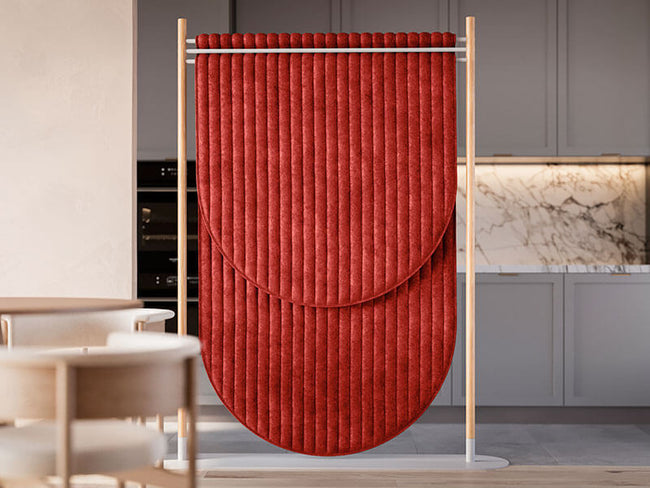
Your Guide to Temporary Partition Walls for Home Design Projects
Imagine transforming your home effortlessly—no major renovations, no permanent commitments. Whether you're carving out a quiet workspace, creating a cozy guest room, or setting aside a playful nook for kids, temporary partition walls can turn these visions into reality quickly and stylishly. DIY Solutions: Quick Fixes and Their Limitations Many homeowners start their journey with simple DIY solutions, and it's easy to see why. Curtains instantly add warmth, color, and personality to a room. They're quick to install and affordable, though they offer limited privacy and minimal sound control. Bookshelves or open shelving units are another popular choice, providing practical storage and clearly defined spaces. They’re particularly useful in open floor plans but tend to have a bulky footprint and minimal noise reduction. Freestanding screens bring a touch of chic vintage style and convenience. They're portable and excellent for quickly changing layouts. However, their stability and acoustic capabilities are limited, making them less ideal for active homes or spaces needing quiet. Other common DIY options include freestanding partitions, which offer flexibility...

Get Cultured
Sign up to our newsletter to receive information on product launches, news & events and get 10% Discount + Free Shipping.

